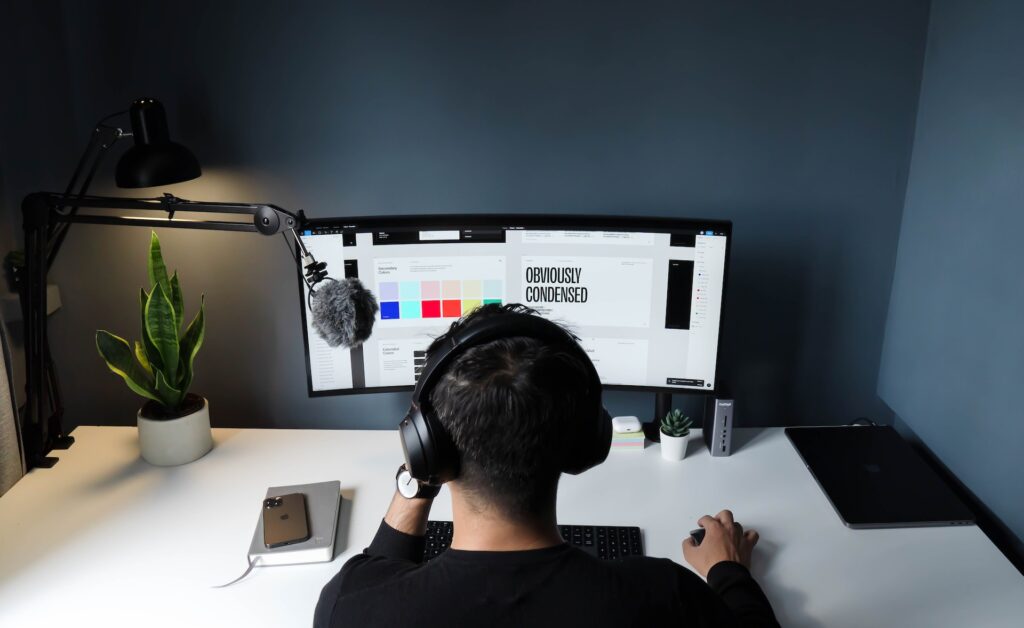As a first time freelancer, billing your clients can be intimidating and overwhelming. You want to make sure you get paid for your hard work, but you also don’t want to alienate your clients by being too pushy or demanding. Here are 10 best practices for billing a client as a first time freelancer: Learn more about billing your client effectively here
- Set clear payment terms upfront: Before you begin working with a client, make sure you have clear payment terms in place. This includes the payment amount, payment schedule, and method of payment. It’s important to get this in writing, either through a contract or an email agreement.
- Invoice promptly: As soon as you complete a project or reach a milestone, invoice your client. The longer you wait, the less likely it is that you’ll get paid.
- Include all relevant information: Your invoices should include your name, the client’s name, the project or service provided, the payment amount, and the payment due date. It’s also a good idea to include your contact information and any applicable tax information.
- Use online invoicing tools: There are many online invoicing tools that make it easy to create and send invoices to your clients. These tools also allow you to track payment status and send reminders if payment is overdue.
- Follow up on overdue invoices: If a client hasn’t paid an invoice on time, it’s important to follow up. You can send a friendly reminder email or make a phone call to inquire about the status of the payment.
- Be polite but firm: While you don’t want to alienate your clients, it’s important to be firm about getting paid for your work. Use polite language and try to resolve any issues or misunderstandings before threatening legal action.
- Consider offering discounts for early payment: Some clients may be more likely to pay promptly if you offer a small discount for early payment. This can be a win-win for both you and the client, as you’ll get paid faster and the client will save money.
- Use payment plans: If a client is having trouble paying the full amount upfront, consider offering a payment plan. This can help ensure that you get paid for your work, while also being accommodating to the client’s financial situation.
- Don’t be afraid to ask for a deposit: If you’re working on a large project or have concerns about getting paid, consider asking for a deposit upfront. This can help protect you in case the client doesn’t follow through on payment.
- Keep good records: It’s important to keep accurate records of all your invoices and payments. This will make it easier to track your income and ensure that you get paid for all your hard work.
Overall, billing a client as a first time freelancer can be intimidating, but following these best practices can help ensure that you get paid for your work and maintain good relationships with your clients.



